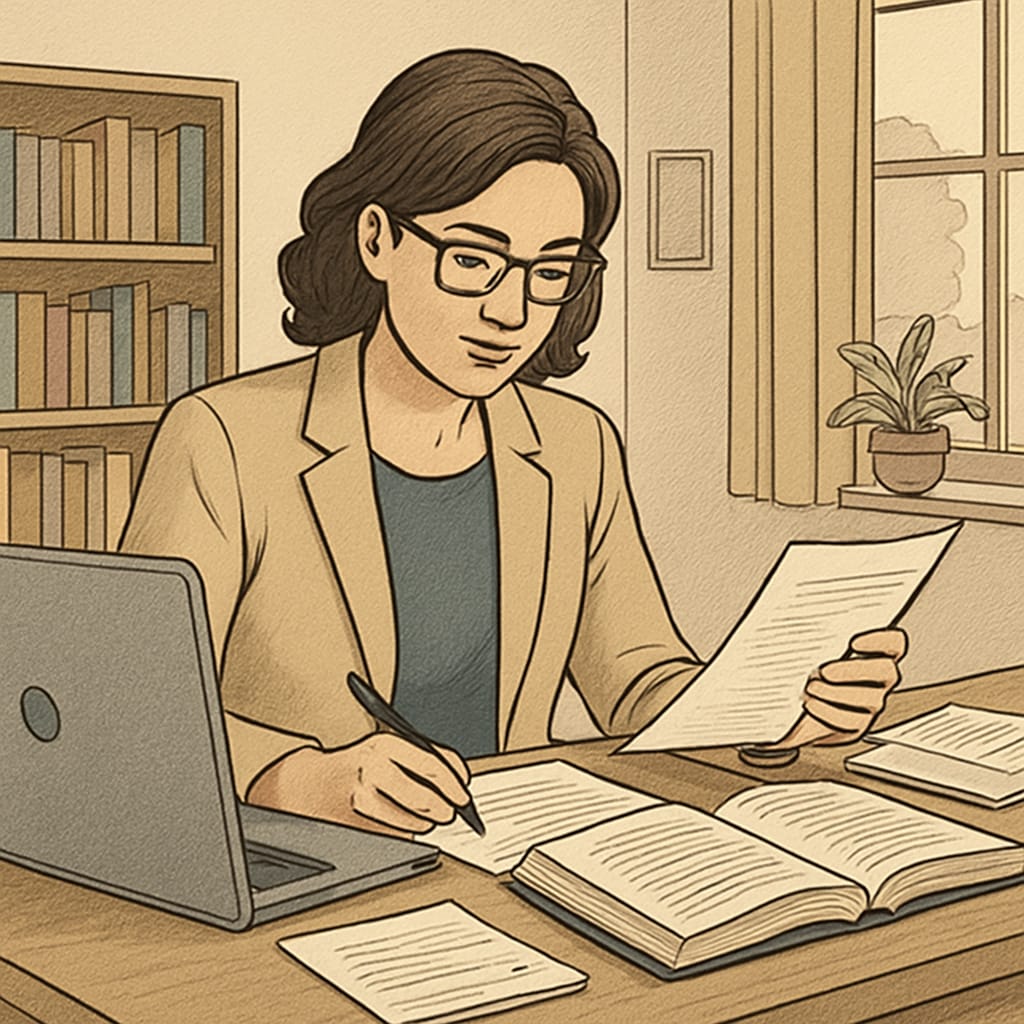Pursuing a master’s degree while working full-time can be a daunting challenge, especially for K12 educators. The demands of teaching, coupled with the rigorous requirements of graduate-level academics, create significant obstacles in time management, career growth, and maintaining work-life balance. However, with careful planning and the right resources, it is possible to turn these challenges into opportunities for professional and academic advancement.
Understanding the Unique Challenges Faced by Educators
K12 educators often juggle multiple roles—teaching, mentoring, and managing administrative tasks. Adding the pursuit of a master’s degree to this already demanding schedule amplifies the pressure. Teachers also face unique challenges such as:
- Time constraints: Classroom responsibilities and after-school commitments often leave little time for studying or attending lectures.
- Financial considerations: Tuition fees and related costs can strain personal budgets, especially for educators at the beginning of their careers.
- Emotional burnout: Balancing professional responsibilities with academic requirements can lead to stress and fatigue.
For example, according to a Britannica article on education, teachers are among the professionals who report high levels of stress due to workload. Therefore, addressing these challenges requires a proactive approach and a strong support system.

Strategies for Balancing Work and Study
To successfully navigate the dual demands of teaching and studying for a master’s degree, educators can adopt the following strategies:
- Set clear priorities: Define your academic and professional goals early on. Understanding your motivation for pursuing a master’s degree can help you stay focused during challenging times.
- Develop a structured schedule: Allocate specific time blocks for work, study, and personal life. Tools like digital planners or apps can help streamline time management.
- Leverage online learning: Many universities offer flexible online programs that allow educators to study at their own pace.
- Seek support: Communicate with family, colleagues, and mentors about your goals. Their encouragement and assistance can make a significant difference.
- Utilize financial aid: Explore scholarships, grants, or employer-sponsored tuition reimbursement programs to ease financial burdens.
For example, platforms like Coursera provide access to affordable online courses, which can complement a teacher’s professional development journey.

Long-Term Benefits of Pursuing a Master’s Degree
While the journey may be challenging, earning a master’s degree offers numerous long-term benefits for educators, including:
- Career advancement: A master’s degree can open doors to leadership roles such as department head, curriculum specialist, or school administrator.
- Increased earning potential: Many school districts offer higher salary scales for teachers with advanced degrees.
- Enhanced teaching skills: Graduate studies often focus on advanced pedagogical techniques and subject expertise, which can improve classroom effectiveness.
- Networking opportunities: Graduate programs connect educators with peers and experts, fostering collaboration and professional growth.
As a result, the effort invested in balancing work and study pays off in the form of personal and professional fulfillment.
Conclusion
In conclusion, pursuing a master’s degree while continuing to work as a K12 educator is undoubtedly challenging, but it is also a highly rewarding endeavor. By adopting effective time management strategies, utilizing available resources, and maintaining a clear focus on their goals, teachers can successfully navigate the complexities of this dual commitment. Ultimately, the skills and knowledge gained through a master’s program not only benefit the individual educator but also have a lasting impact on the students and communities they serve.
For educators considering this path, the key to success lies in preparation, persistence, and a belief in the transformative power of education.
Readability guidance: The article uses short paragraphs and lists to improve readability, incorporates examples to illustrate points, and ensures a balance between professional tone and accessibility.


